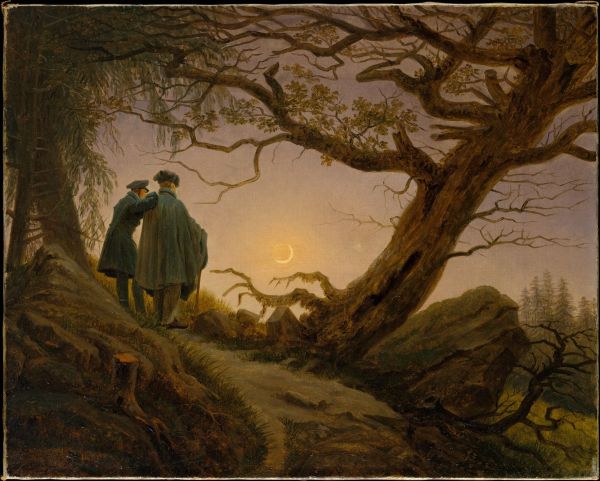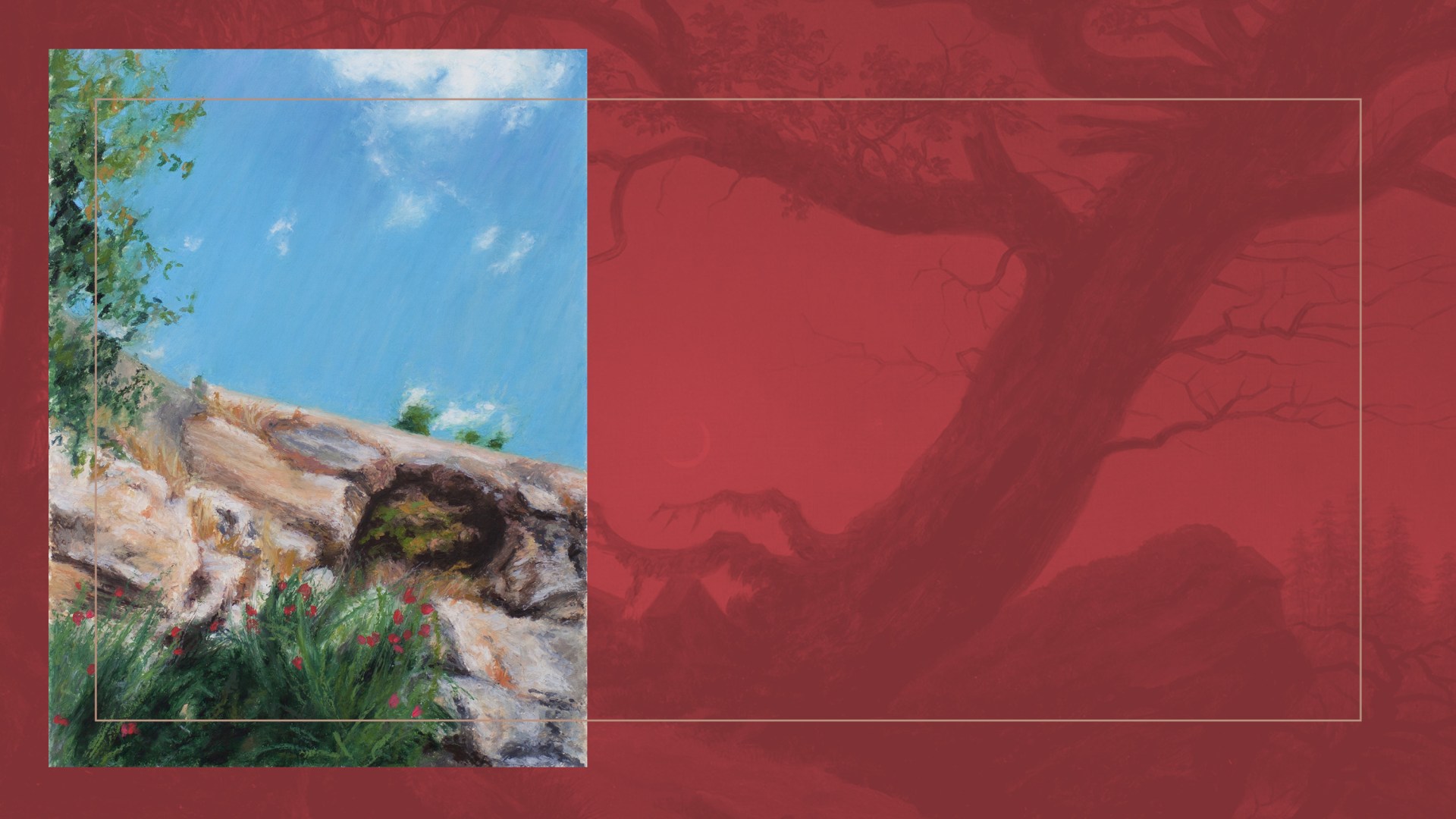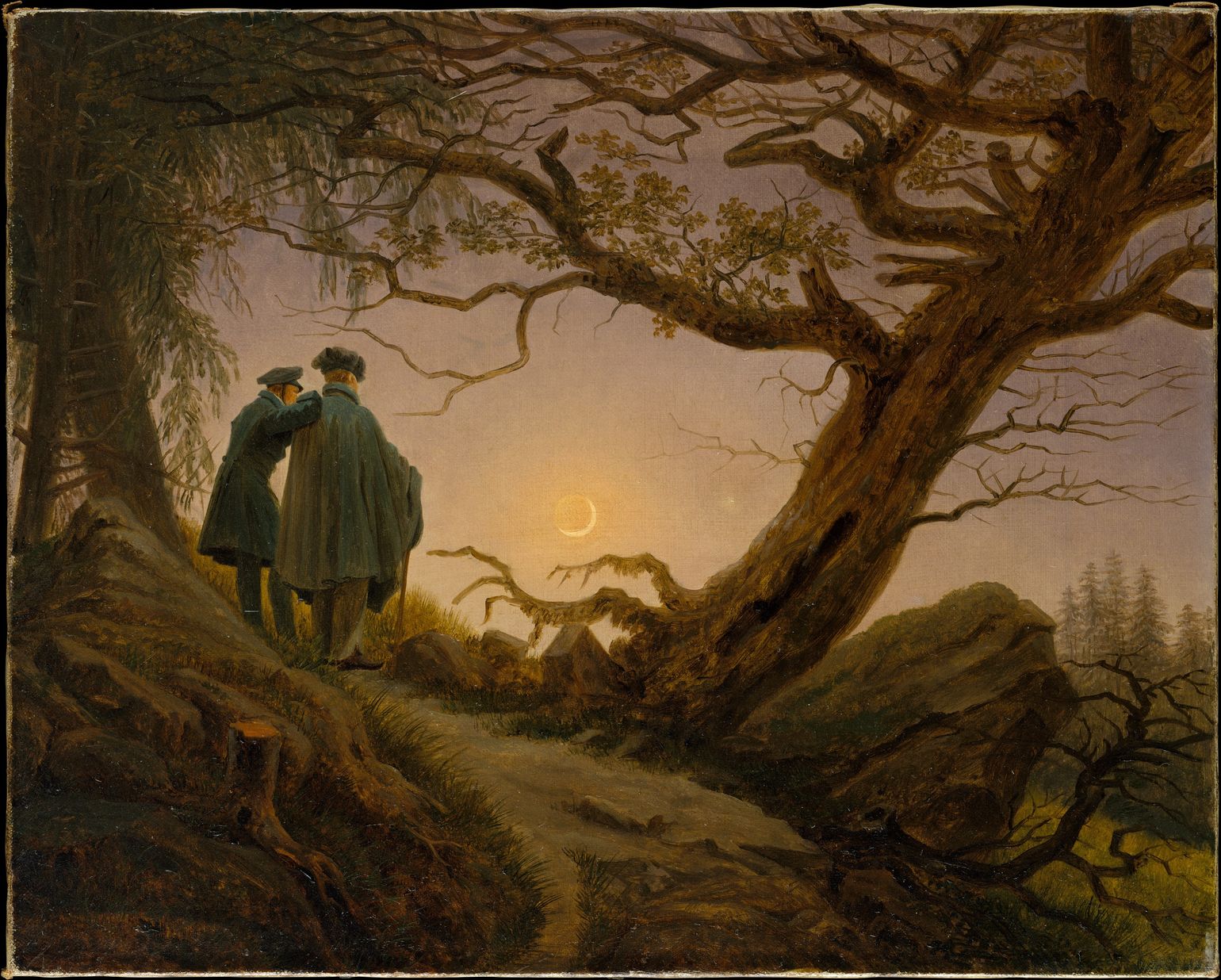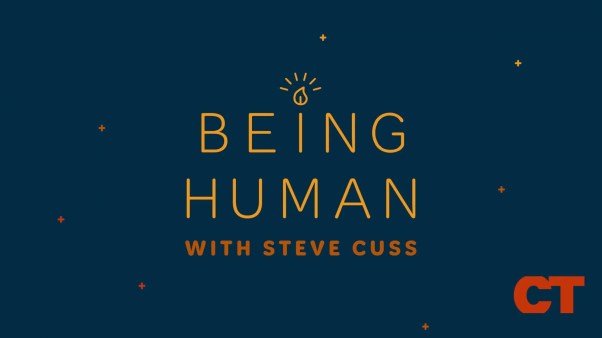It is often when conditions seem the most damp and dark, when the rain has poured and patience runs thin, that green shoots of new life will begin to emerge. The seed that has died and been buried is the one that will emerge on the other side of decay in a multiplication of life.
I held the desiccated bundle of plant matter in my hand and looked up at my friend who had just given it to me. “What is it?” I asked, while turning it over to see bits of dirt still dried onto tendrils that seemed to have once been roots. Lyndon Penner, my dear friend who has written books about gardening in the harsh extremes of the Canadian prairies, looked down at the crispy mass and smiled. “It holds a secret,” he said, “it’s alive, and it’s my gift to you.” It sure didn’t look alive. I gave the stems a squeeze, and though it felt dead, no leaves crumbled—a hint that not all was as it seemed.
The False Rose of Jericho is neither a rose nor from Jericho. It’s a type of clubmoss which, when faced with worsening conditions, will dry out, shrink down, detach from the soil, and roll up into a baseball-sized bale of brittle waste. It’s not green, and to my untrained eye, it is perfectly dead. While some call it a “stone plant” with good reason (it is sold in our local gem store), it’s also called “resurrection moss” because even after several years, it will reveal a secret. We gathered our girls around a little dish with water and set the brown tumbleweed inside. “Pour some water on top, too. Let it know it’s safe to wake up,” Lyndon suggested. Within hours it unfurled like a baby stretching for first breaths and turned a deep vibrant green. We were in awe. When I asked Lyndon what was going on, he touched the still unfolding edge and explained that this plant’s vascular system isn’t like those of other plants: “It’s made differently. It’s made to revive.”
Gardeners like Lyndon have a nuanced sense of what is alive and what is dead. A tree that falls to the forest floor may carry more life in death than when it was alive. The biomass of a dead tree becomes host to a network of bacteria, fungi, plants, insects and animals, and even the empty space it leaves in the forest canopy makes room for new light to fuel fresh sprouts and the next generation of growth. Seeds and bulbs hold more promise for the future than the aging plants that made them. What is dead, sapless, and blowing about in a garden may be the stuff of new life next year. In fact, some seeds only crack open and sprout after a forest fire rages through: it’s a bewildering mystery that entangles hope and loss together in a knot that only patience can unravel.
The mystery of the church is similar and a re-enchanted imagination might reveal what it has been all along. The story of the church is a rebus word puzzle that spells out the cruciform story of our life. It should not surprise us that God’s community would undergo rebirth through the seasonal rhythms of buried seed and revived emergence. Isaiah 41 speaks to the dust-choked thirst of God’s people, who are much like tumbleweeds—detached, delicate and unsure—and that image gives shape to our own uncertainty. Still there is a resonance of hope, even through the most dire language: “I’ve picked you. I haven’t dropped you. Don’t panic. I’m with you.” (Isaiah 41:9–10 MSG).
The church contracts when it is not able to grow, and will come alive when it has rediscovered the source of its life. In my experience, the church was made to thrive under two conditions that Jesus set out for us: love of God and love of neighbor. If the church is not rooted in these healthy conditions, it will retract and may appear desiccated and frail, until it finds conditions to root again. I have called this the “safety valve” of the church; when the church is not rooted in what it was made for, it will be unable to thrive, even if there is a veneer of growth and success. Could a church that does not love its neighbor truly be called a church? Built into it is both the mechanism for its contraction, and the vascular system for its rebirth. This is good news. It certainly is for the clubmoss. Instead of dying, it closes shop, shuts down, and waits patiently.

The poet Malcolm Guite captures the patient paradox of tumbling away on the wind, offering the words of “In praise of decay”:
So much is deadly in the shiny new,
Persistent plastic choking out our life,
The landfill of each ego’s empty stuff,
Where poison and possession still accrue.
So praise Him in the old and mouldering,
In pale gold leaf-fall losing shape and edge,
In mottled compost rustling and rich,
From which the stuff of life is still unfolding.
…
Pray that we learn the lost arts of our past,
The arts of letting go and sowing seeds,
That secrets of the lowly and the least
Might save us from the dreadful things that last.
Canadian singer-songwriter Steve Bell wrote a song of the same name borrowing from the theme, and reflects:
Perhaps it’s not so bad that things decay
That ocean breakers ebb and flow away
That light ascends then settles at the ending of the day
That beating hearts can stop and start again.
As the parish pastor at Lake Ridge Community Church in Chestermere, Alberta, and the Royal Canadian Mounted Police chaplain in my city, my work is to attend to the presence of God amid the fragile seasonal rhythms of loss and life. I gather up and tenderly try to hold the desiccated and bunched-up experiences of my neighbors, and wonder with them at the possibility of life. Is there any green here? Is there any hope of resurrection after all we have seen? Cynicism, fear, anxiety, and anger are not far from the edges of this search; they are blunt tools we wield when we face great sorrow. We are humans who have within us the godly instinct to push against the darkness, but our implements of rage do not till the ground with hope. Life does not come by force.
Jesus, when he rose from the grave, was mistaken for a gardener. It is my favorite story. “Jesus asked her, ‘Woman, why are you crying? Who is it you are looking for?’ Thinking he was the gardener, she said, ‘Sir, if you have carried him away, tell me where you have put him, and I will get him.’ Jesus said to her, ‘Mary.’ She turned toward him and cried out … ” I enter into this intimate moment in John 20 because here Jesus meets a broken world, one collapsed in on itself, reeling from the death on Golgotha’s hill. Here, below it, seems to be Jesus’s first resurrection act of love: he is caught gardening. The one who tells stories of seeds and weeds, and was there at the start of the world, is here apparently fussing about in a cemetery garden, fingernails pulling back the gravel, clearing space and wondering at growth, as any gardener tends to do. Jesus, palms pressed in the dust of this world he loves, becomes for me the most beautiful and hopeful picture of life for the church.
In recent weeks, my hands have opened doors for those on their way to jail, carefully received a homemade noose finally surrendered in tears, and held the hands of a person awaiting surgery. I’ve also made snacks for the neighborhood kids, poured gallons of coffee with those who have stories to share, and flipped through papers in yet another committee meeting. We are frail, limited, and unsure—uprooted and searching for water, but it is here that we discover that we are made of something else. Our hands are made to tend at soil level. Close to the ground is where death and life meet.
Religions, corporations and empires are worried sick about death. They fire, hire, merge, and force their will to ensure that they stay alive. Jesus was put on a cross by those who found him to be too much a risk to their life. He was not a threat to their life; he was offering them life.
We are people who walk in the way of Jesus. The church is made for the resurrection life, and to give ourselves away in love for our neighbors. We have a knowing, founded in the depths of Christ, that being last, lost, used up, and dried up is not the end of us. Outside the tomb of Lazarus, Jesus drew close to Martha to reveal the Easter mystery: “I am the resurrection and the life. Anyone who believes in me will live, even after dying” (John 11:25, NLT). Even in death, we live. It’s how we were made.
Preston Pouteaux is the pastor of Lake Ridge Community Church in Chestermere, Alberta, and is the author of several books, including The Bees of Rainbow Falls: Finding Faith, Imagination, and Delight in your Neighborhood.
This article is part of New Life Rising which features articles and Bible study sessions reflecting on the meaning of Jesus’ death and resurrection. Learn more about this special issue that can be used during Lent, the Easter season, or any time of year at http://orderct.com/lent.










